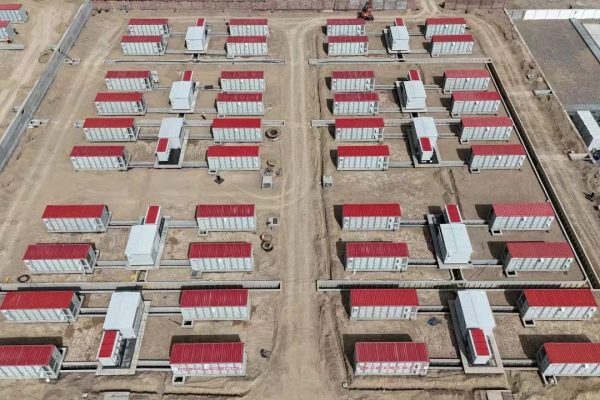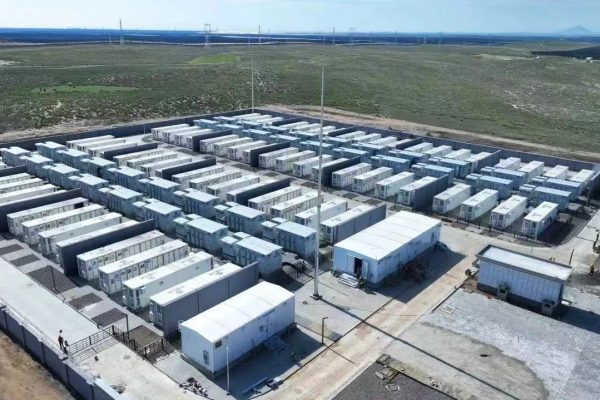Balancing Performance, Safety, and Compliance Across Markets
1. Why PV–Inverter Matching Isn’t One-Size-Fits-All
Pairing the right inverter with the right PV array is one of the most important steps in designing a solar system. However, the “perfect” match in one country might be illegal, unsafe, or inefficient in another.
Regional factors—like grid voltage, frequency, sunlight conditions, and certification rules—can significantly change how you size and select your inverter.
Getting PV–inverter matching wrong can cause derating, warranty voids, or regulatory penalties—especially in international projects.
2. Key Regional Variables That Affect Matching
| Factor | Impact on Matching | Example |
|---|---|---|
| Grid voltage/frequency | Determines inverter output range | 230V/50Hz in EU vs 120V/60Hz in North America |
| Max DC input voltage limit | Affects string length | 600Vdc in the US (residential) vs 1000–1500Vdc in EU utility projects |
| Temperature extremes | Changes module voltage behavior | Cold climates increase Voc, requiring shorter strings |
| Sunlight hours / irradiance | Affects inverter loading ratio | High-irradiance areas allow smaller DC:AC ratios |
| Certification standards | Restricts product selection | UL 1741 in US, VDE-AR-N 4105 in Germany, AS/NZS 4777 in Australia |
3. Step-by-Step PV–Inverter Matching Process
Step 1: Define Regional Constraints
- Voltage and frequency
- Grid connection type (single-phase or three-phase)
- Certification requirements
- Local utility interconnection rules
Step 2: Calculate Module String Size
- Use Voc at lowest ambient temperature to ensure you don’t exceed inverter’s max DC input voltage
- Use Vmp at highest ambient temperature to ensure you stay above inverter’s minimum MPPT voltage
Step 3: Determine the DC-to-AC Ratio
- Typical: 1.1–1.3 for balanced performance
- Cloudy/low-irradiance climates: up to 1.4–1.5 to maximize production
- Hot/high-irradiance climates: closer to 1.0–1.2 to avoid frequent clipping
Step 4: Match MPPT Tracker Count to String Layout
- Single MPPT for small systems with uniform orientation
- Multiple MPPTs for systems with shading or mixed tilt angles
4. Regional Examples of Matching Strategies
Europe (e.g., Germany, Spain)
- 230V/50Hz grid
- High-voltage strings (1000–1500Vdc) common
- Frequent use of 1.3–1.4 DC:AC ratio for better yield in cloudy weather
- Compliance with VDE-AR-N 4105 required for grid connection
North America (e.g., US, Canada)
- Residential: 120/240V split-phase, max 600Vdc PV input
- Commercial: 277/480V three-phase, often 1000Vdc
- Must meet UL 1741 SB or IEEE 1547 for interconnection
- DC:AC ratio often 1.2 or lower to avoid clipping in high sun
Australia
- 230V/50Hz
- String limits often capped at 600–1000Vdc for residential
- AS/NZS 4777 grid standard applies
- Oversizing limited to 133% DC:AC ratio by regulation
5. Common Mistakes to Avoid
🚫 Copying designs from another region without adjustment
Grid rules and voltage tolerances differ—what works in Spain may fail in Texas.
🚫 Ignoring temperature effects on voltage
Cold mornings can spike voltage above safe limits.
🚫 Oversizing beyond inverter warranty terms
Some manufacturers void coverage if DC:AC ratio exceeds their recommendations.
🚫 Underestimating shading or orientation differences
Poor MPPT alignment can reduce yield far more than inverter efficiency ratings.
6. Best Practices for Global Installers
- Always check local electrical codes before finalizing designs
- Use manufacturer-provided string sizing tools for accuracy
- Keep a library of regional compliance checklists
- Work with inverters that have wide MPPT ranges for flexibility in diverse climates
- Train local teams to measure real site temperature extremes before design
PV–inverter matching is a local science with global principles. The physics of solar modules is universal, but grid rules, climate, and market expectations demand region-specific adaptations.
Whether you’re designing for Berlin, Brisbane, or Boston—optimizing for local conditions ensures better performance, fewer failures, and happier clients.









